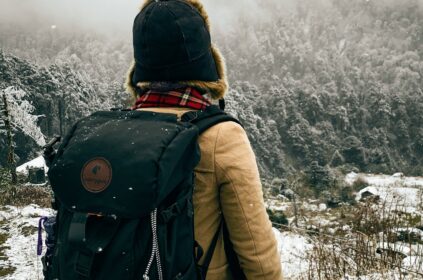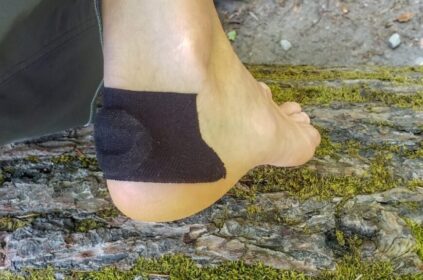As the sun dips below the horizon, the world transforms into a mystical realm, where the sounds of nature take center stage and the stars twinkle like diamonds scattered across the sky. For many outdoor enthusiasts, hiking at night can be a thrilling experience, offering a unique perspective on the natural world. However, venturing into the wilderness after dark requires careful planning, preparation, and caution to ensure a safe and enjoyable journey. In this article, we’ll explore the essential tips and strategies to stay safe while hiking at night.
Pre-Trip Planning
Before embarking on a nighttime hike, it’s crucial to plan and prepare thoroughly. Here are a few essential steps to take:
- Check the weather forecast: Avoid hiking during heavy rain, thunderstorms, or extreme weather conditions that can make navigation and visibility challenging.
- Choose a well-lit trail: Opt for trails with good lighting, such as those with streetlights, lanterns, or reflective signs.
- Bring a reliable light source: Pack a reliable flashlight, headlamp, or glow sticks to ensure you can see and be seen.
- Wear reflective gear: Add reflective strips or clips to your clothing and gear to increase visibility.
- Inform someone of your itinerary: Let a friend or family member know your planned route, expected return time, and the number in your hiking party.
Navigation and Orientation
When hiking at night, it’s essential to maintain a clear understanding of your surroundings. Here are some tips to help you stay on track:
- Use a compass: A compass can help you stay on course, even in low-light conditions.
- Bring a map: Carry a detailed topographic map and a map light to help you navigate.
- Use landmarks: Identify distinctive landmarks, such as buildings, bridges, or notable features, to help guide you.
- Stay on marked trails: Stick to designated trails and avoid taking shortcuts or wandering off the beaten path.
Safety Precautions
When hiking at night, it’s crucial to take extra precautions to ensure your safety:
- Stay in groups: Hike with a buddy or group to increase visibility and provide mutual support.
- Avoid isolated areas: Steer clear of isolated areas, such as dark forests or remote valleys, which can be more prone to wildlife encounters or accidents.
- Be aware of your surroundings: Pay attention to your environment, watching for potential hazards like steep drop-offs, uneven terrain, or loose rocks.
- Carry a first-aid kit: Pack a basic first-aid kit with essentials like bandages, antiseptic wipes, and pain relievers.
Emergency Preparedness
Accidents can happen, even with proper planning and precautions. Here are some essential items to carry in your backpack:
- First-aid kit: A basic first-aid kit should include items like bandages, antiseptic wipes, and pain relievers.
- Emergency shelter: Bring a lightweight emergency blanket or space blanket to keep you warm in case of an unexpected overnight stay.
- Water and snacks: Pack water and non-perishable snacks to sustain you in case of an extended delay.
- Communication device: Carry a reliable communication device, such as a cell phone, two-way radio, or satellite phone.
Additional Tips
To ensure a safe and enjoyable nighttime hike, remember:
- Dress appropriately: Wear comfortable, breathable clothing and sturdy shoes or hiking boots.
- Bring a whistle: A whistle can help you signal for help in case of an emergency.
- Stay hydrated: Drink plenty of water to stay hydrated and avoid dehydration.
- Be mindful of wildlife: Be aware of your surroundings and take necessary precautions to avoid wildlife encounters.
In conclusion, hiking at night can be a thrilling experience, but it requires careful planning, preparation, and caution. By following these essential tips and strategies, you can minimize risks and ensure a safe and enjoyable journey. Remember to plan ahead, stay informed, and take necessary precautions to ensure a successful and memorable nighttime hike.









